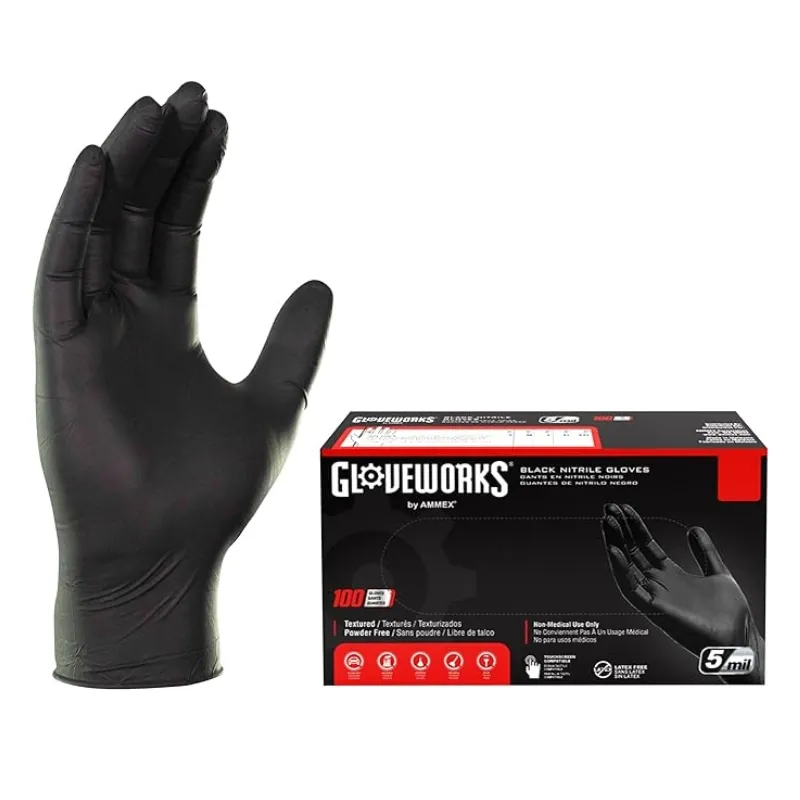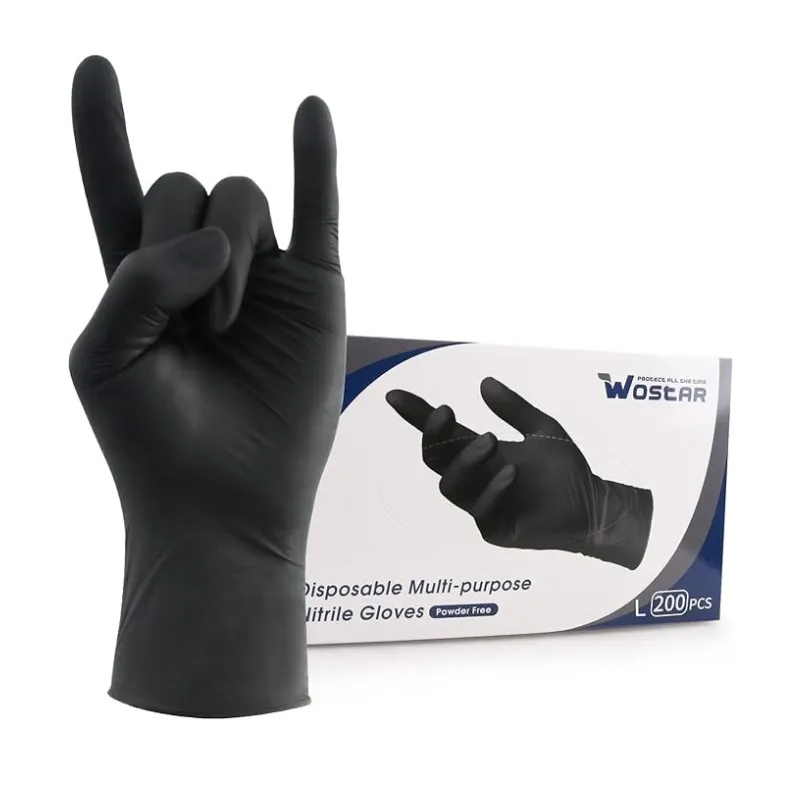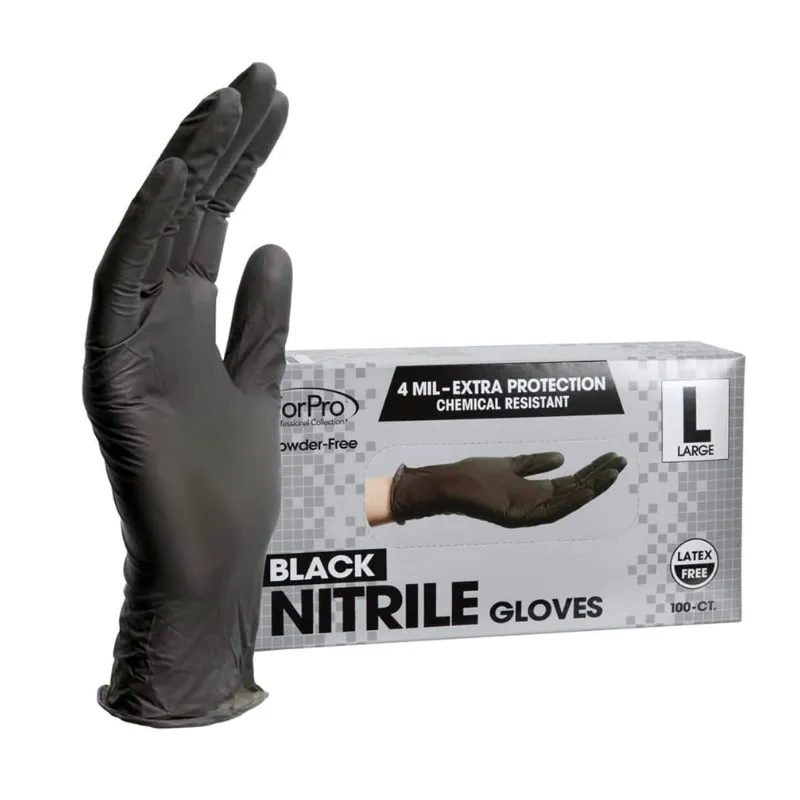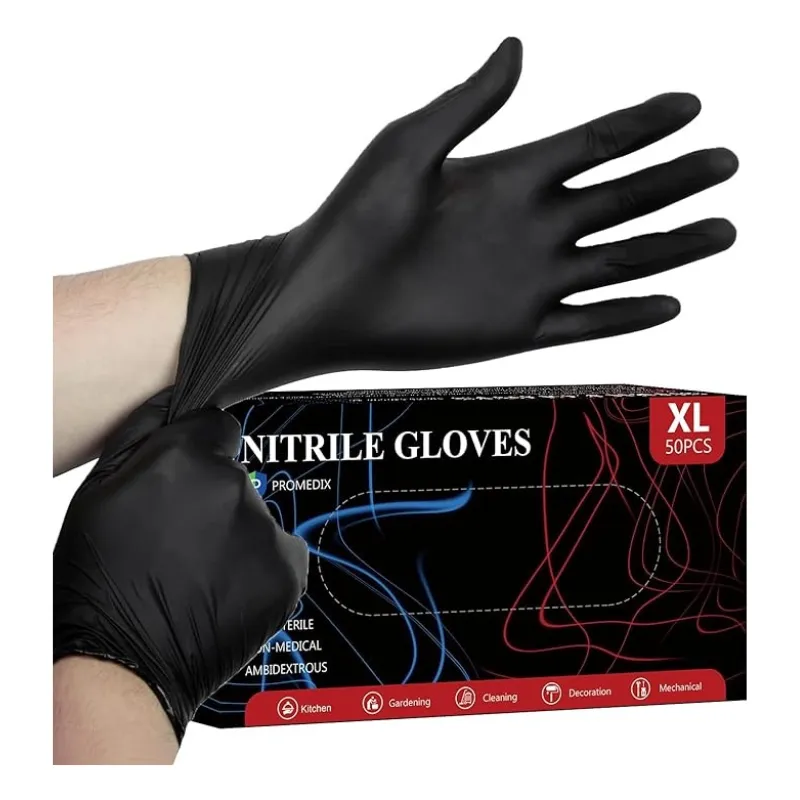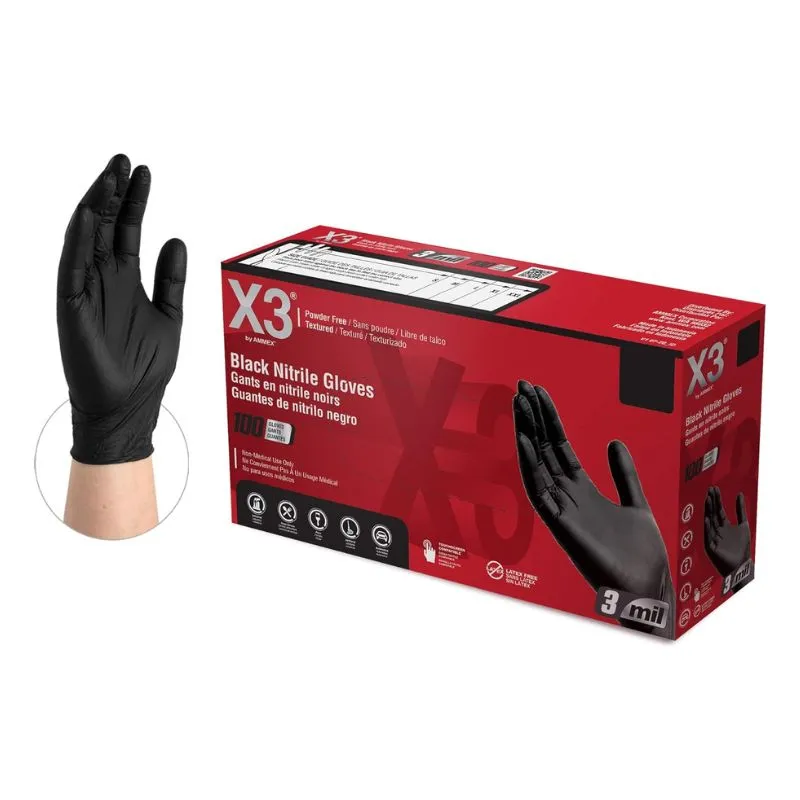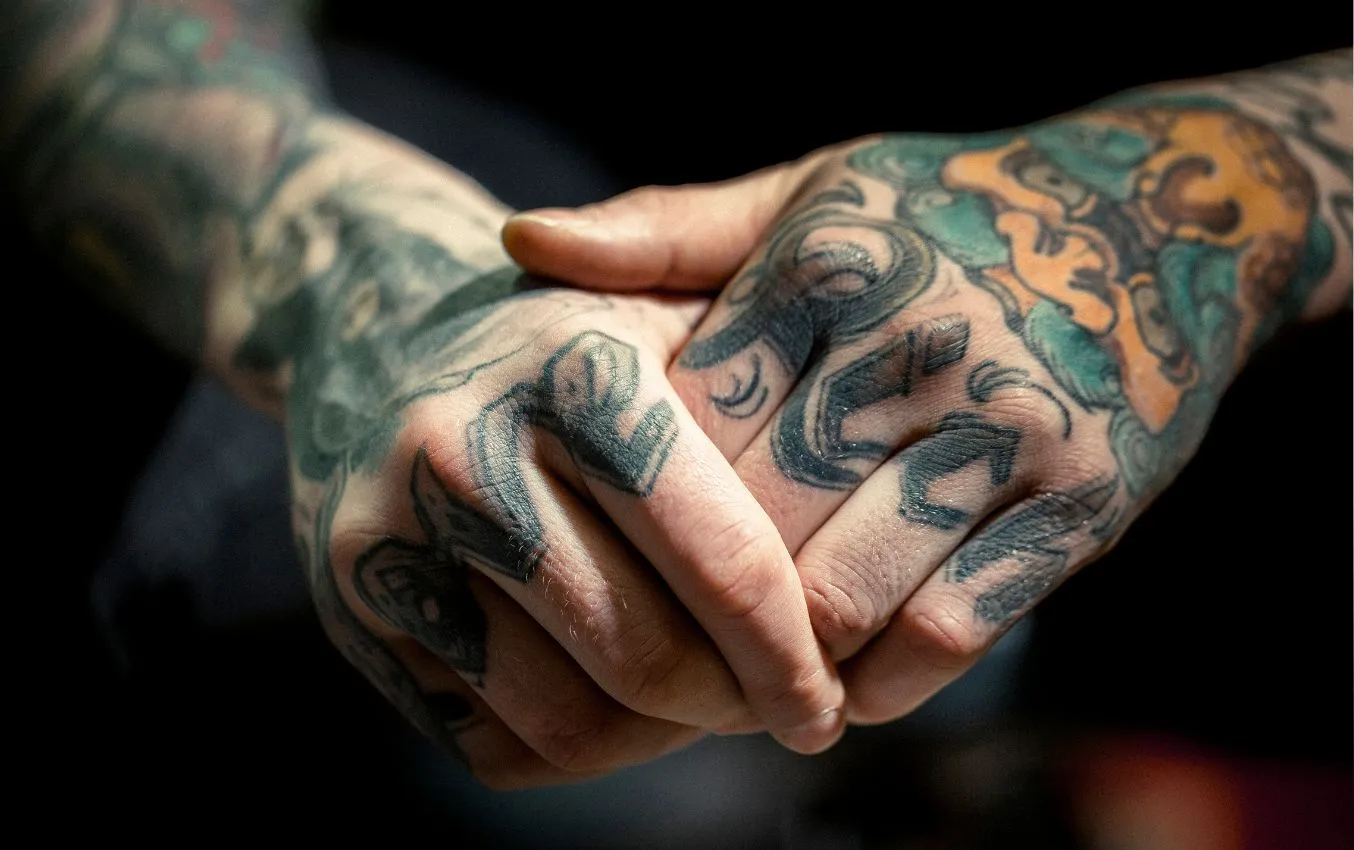
Nitrile vs. Latex gloves: Which is better for tattooing?
As a tattoo artist, you understand the critical importance of wearing gloves that provide effective barrier protection against bloodborne pathogens and other contaminants. But with two popular options available – nitrile and latex gloves – you may wonder which one is best suited for your needs. In this analysis, we’ll research into the key differences between these two materials, examining their performance in terms of barrier integrity, puncture resistance, allergic reactions, durability, and protection. By understanding these differences, you’ll be able to make an informed decision about which glove material is right for your tattooing practice.
Table of Contents
- Key Differences in Performance
- Barrier Integrity and Failure Rates
- Puncture Resistance
- Safety Considerations
- Allergic Reactions
- Hypoallergenic Properties
- Durability and Protection
- Chemical Resistance
- Tactile Sensitivity
- Clinical and Experimental Evidence
- Tri-Layer Gloves in Experimental Settings
- Nitrile Gloves in Clinical and Laboratory Simulations
- Best Nitrile gloves for tatooing
Key Differences in Performance
Before making a decision between nitrile and latex gloves for tattooing, it’s crucial to understand how they perform in various aspects.
Barrier Integrity and Failure Rates
Integrity is crucial when it comes to barrier protection, and nitrile gloves generally have lower failure rates compared to latex gloves during simulated use and clinical conditions, making them more reliable for barrier protection. This means that you can trust nitrile gloves to provide a consistent and effective barrier against bloodborne pathogens and other contaminants.
Puncture Resistance
Rates of puncture resistance vary between nitrile and latex gloves. Nitrile gloves exhibit higher puncture resistance compared to latex gloves, especially when tested with certain types of puncture probes.
Puncture resistance is a critical aspect of glove performance, as it directly affects the risk of exposure to bloodborne pathogens. In tattooing, where needles and other sharp objects are frequently used, puncture-resistant gloves are crucial. Nitrile gloves have been shown to outperform latex gloves in this regard, providing an added layer of protection for you and your clients.
Safety Considerations
Little can be more critical in a tattooing environment than ensuring the safety of both the artist and the client. The choice between nitrile and latex gloves plays a significant role in preventing the transmission of bloodborne pathogens and other contaminants.
Allergic Reactions
On the topic of allergic reactions, it’s imperative to consider the risks associated with latex gloves. Latex can cause irritant contact dermatitis and latex hypersensitivity, which can lead to discomfort, skin irritation, and even anaphylaxis in severe cases. As a tattoo artist, you should be aware of these potential reactions and take necessary precautions to protect yourself and your clients.
Hypoallergenic Properties
Properties such as hypoallergenicity are crucial when selecting gloves for tattooing purposes. Nitrile gloves are considered hypoallergenic, meaning they are less likely to cause allergic reactions or skin irritation. This makes them an ideal choice for individuals with latex allergies or sensitivities.
Another advantage of nitrile gloves is their ability to minimize the risk of allergic reactions. By choosing nitrile gloves, you can ensure a safer working environment for yourself and your clients. This is particularly important in a tattooing setting, where skin contact and potential allergens are a concern. By opting for hypoallergenic nitrile gloves, you can focus on creating exceptional tattoos while maintaining a safe and healthy environment.
Durability and Protection
You need gloves that can withstand the demands of tattooing, providing a reliable barrier against bloodborne pathogens and other contaminants. Concerning durability and protection, nitrile gloves outperform latex gloves in several key areas.
Chemical Resistance
Protection from harsh chemicals is crucial in a tattooing environment. Nitrile gloves are more resistant to chemicals, offering a higher level of protection against corrosive substances that can compromise the integrity of the glove material.
Tactile Sensitivity
Tactile sensitivity is important for precise control and dexterity during tattooing procedures. Latex gloves are known for their flexibility and good tactile sensitivity, allowing you to feel the needle and manipulate it with precision.
Durability plays a significant role in maintaining tactile sensitivity. While latex gloves may provide excellent tactile sensitivity initially, their lower durability means they may degrade over time, compromising your ability to feel the needle. In contrast, nitrile gloves, with their superior durability, maintain their tactile sensitivity throughout the procedure, ensuring consistent performance and precision.
Clinical and Experimental Evidence
Many studies have investigated the performance of nitrile and latex gloves in clinical and experimental settings, providing valuable insights into their effectiveness as barrier protection for tattoo artists.
Tri-Layer Gloves in Experimental Settings
Evidence from experimental studies suggests that tri-layer nitrile-latex gloves outperform natural rubber latex gloves in terms of durability. In one study, tri-layer gloves showed fewer perforations compared to natural rubber latex gloves, indicating better resistance to wear and tear.
Nitrile Gloves in Clinical and Laboratory Simulations
The results of clinical and laboratory simulations demonstrate that nitrile gloves are a suitable alternative to latex gloves, offering effective barrier protection against bloodborne pathogens and other contaminants.
Clinical studies have shown that nitrile gloves perform well in real-world settings, providing a reliable barrier against punctures and tears. In fact, nitrile gloves have been found to be more resistant to chemicals and punctures than latex gloves, making them a popular choice among tattoo artists who require a high level of protection. By choosing nitrile gloves, you can ensure that your hands are protected from potential hazards, allowing you to focus on your craft with confidence.
Considering all points, you now have a comprehensive understanding of the key differences between nitrile gloves and latex gloves for tattooing purposes. As you weigh your options, remember that nitrile gloves offer superior barrier integrity, puncture resistance, and durability, making them a reliable choice for protecting yourself and your clients from bloodborne pathogens and other contaminants. By choosing nitrile gloves, you can ensure a safer and more effective tattooing experience.
Best Nitrile gloves for tatooing
Nitrile gloves are commonly used for tattooing because of their durability, flexibility, and resistance to chemicals. The black color of the gloves is preferred in tattooing as it helps hide ink stains, providing a cleaner appearance during the tattooing process. Additionally, using 3-4 mil thickness gloves provides a good balance of dexterity and protection for the tattoo artist. We select the best gloves for tatooing
Best selection
5-mil nitrile and measuring 9.5 inches long. These textured gloves offer enhanced grip, comfort, tactile sensitivity, and strong barrier protection. Suitable for various tasks
4-mil powder-free black nitrile gloves offer excellent tactility for touch screens, high flexibility, and sensitivity.
4mil powder-free Black nitrile gloves, Textured finish for better grip, latex-free, comfortable, and strong
4mil powder-free Black nitrile gloves, Textured finish for better grip, latex-free, comfortable, and strong
3- MIL nitrile, our gloves offer a reliable barrier against various cleaning solutions. providing a comfortable fit similar to latex, suitable for tasks like food handling that require frequent glove change

